15 Days Python Internship with Certificate in Shivpuri
Looking for a short-term internship to kickstart your programming journey? Itxperts, Shivpuri’s leading IT training and development company, is offering a 15 Days Python...
Read More →Looking for a short-term internship to kickstart your programming journey? Itxperts, Shivpuri’s leading IT training and development company, is offering a 15 Days Python...
Read More →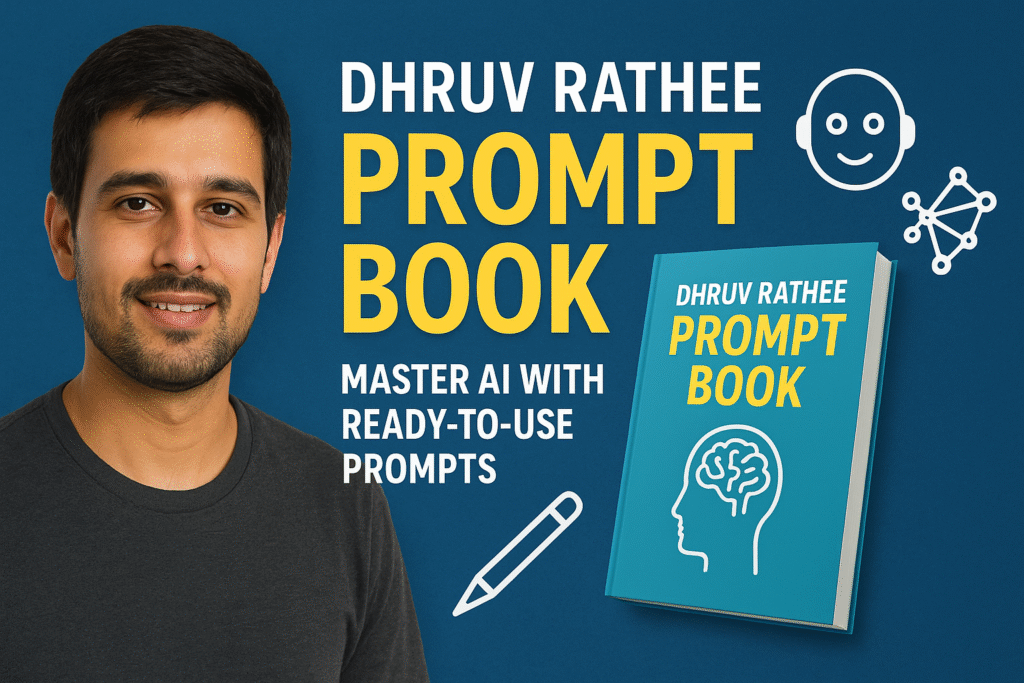
Artificial Intelligence has taken the world by storm, and one of the hottest trends in this space is prompt engineering—the art of giving the...
Read More →
Reliance Industries has taken another big step towards shaping India’s future in technology. At its Annual General Meeting 2025, Mukesh Ambani announced the launch...
Read More →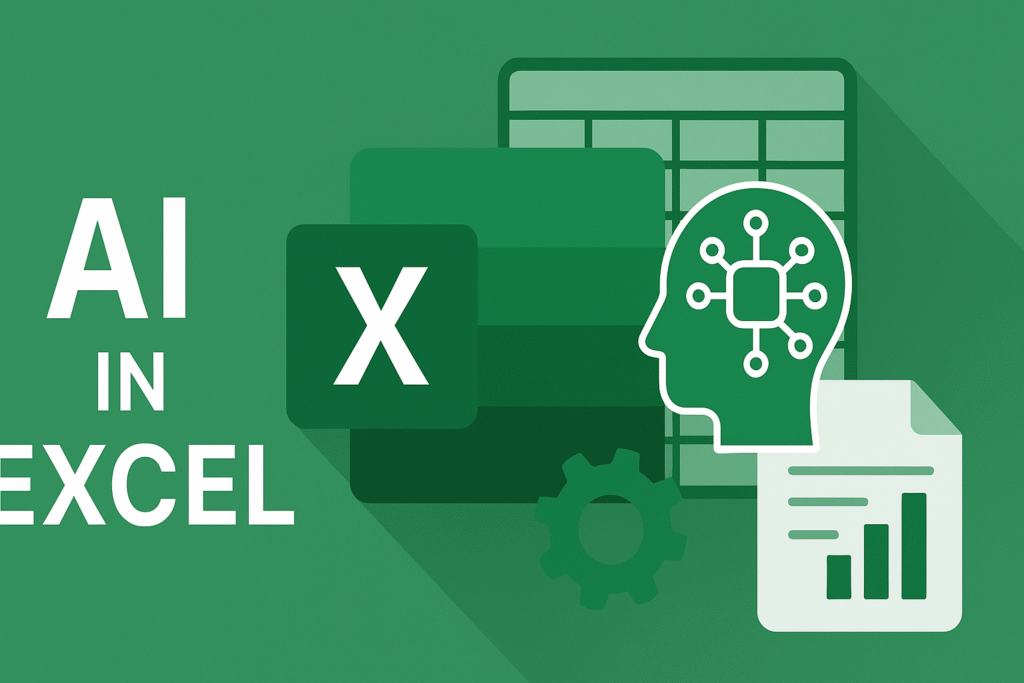
Microsoft Excel has been one of the most powerful tools for data entry, analysis, and reporting for decades. But in today’s fast-paced digital world,...
Read More →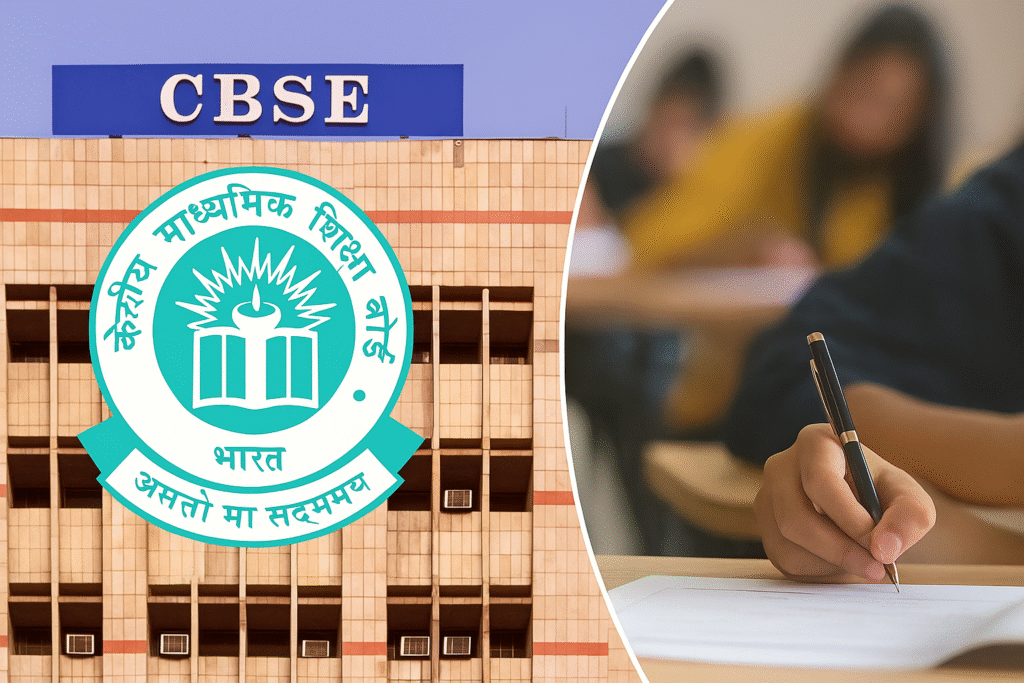
The Central Board of Secondary Education (CBSE) has introduced a set of major reforms in the List of Candidates (LOC) submission process for Class...
Read More →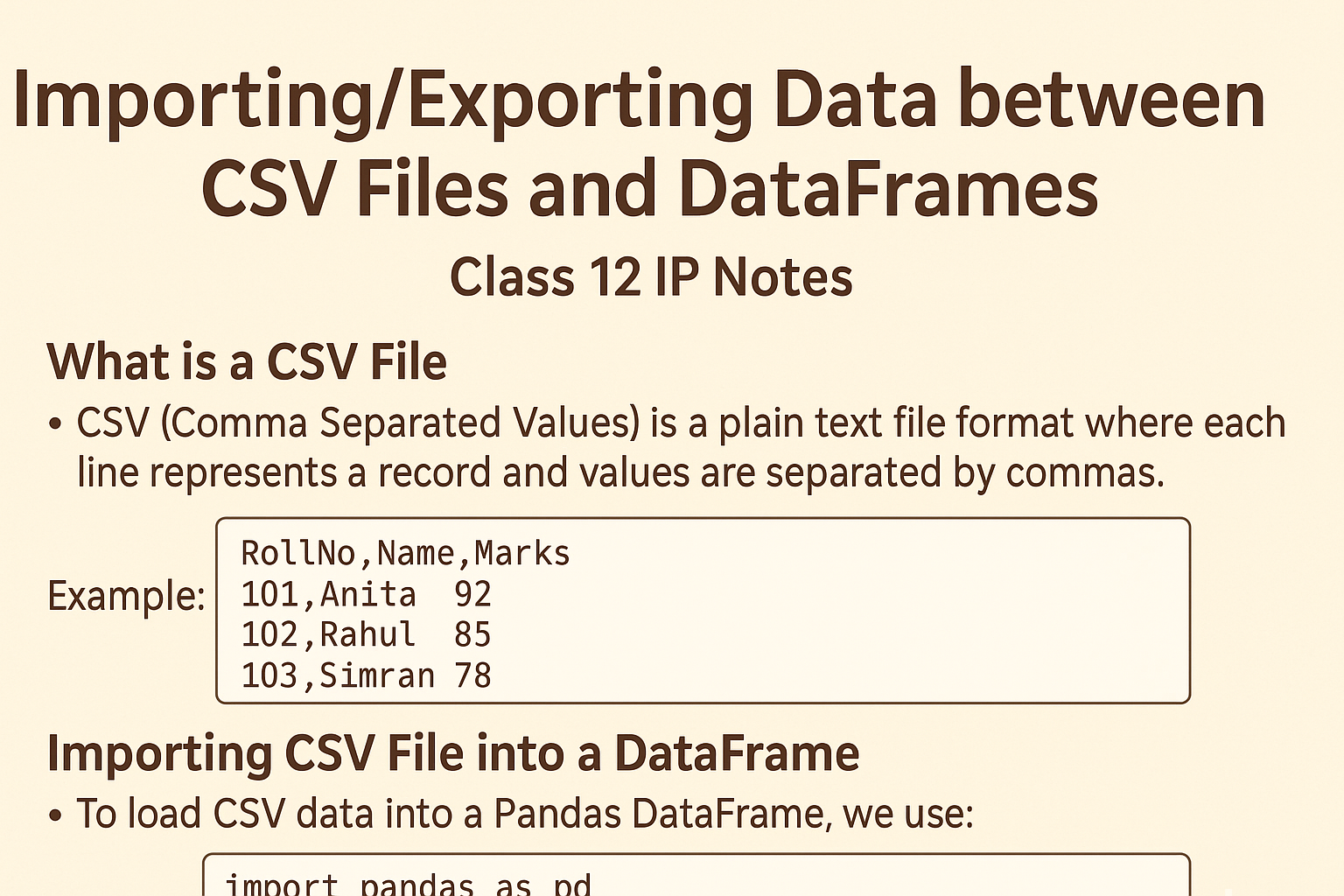
Working with data is an important task in programming. In Class 12 Informatics Practices, we use the Pandas library to handle data. One of...
Read More →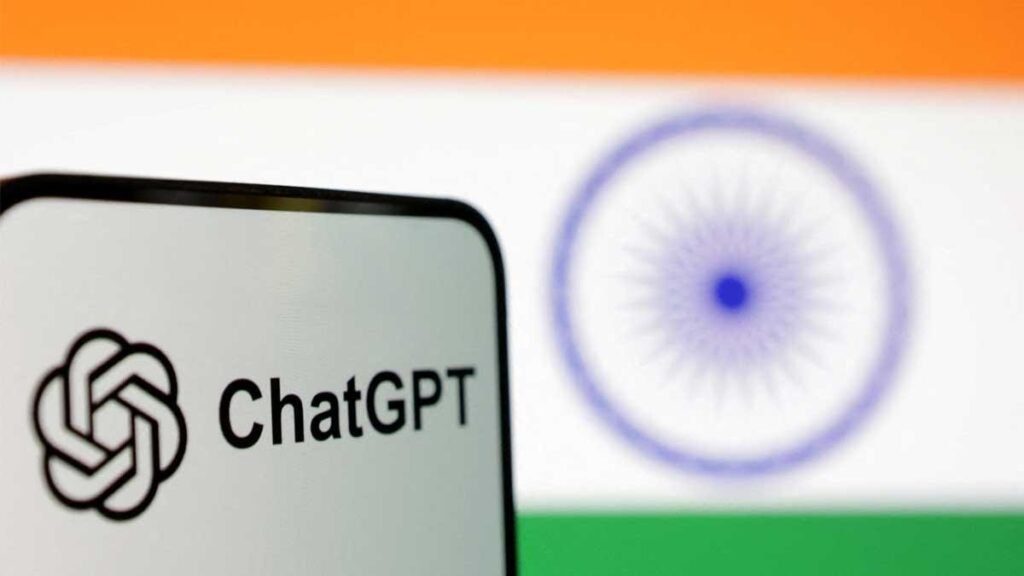
In a groundbreaking step for the future of digital education, OpenAI has announced the launch of the Learning Accelerator Program in India. As part...
Read More →CBSE Half Yearly Question Papers 2025–26 Download class-wise Half Yearly Question Papers for CBSE session 2025–26. Subjects include Artificial Intelligence (AI) for Classes 9...
Read More →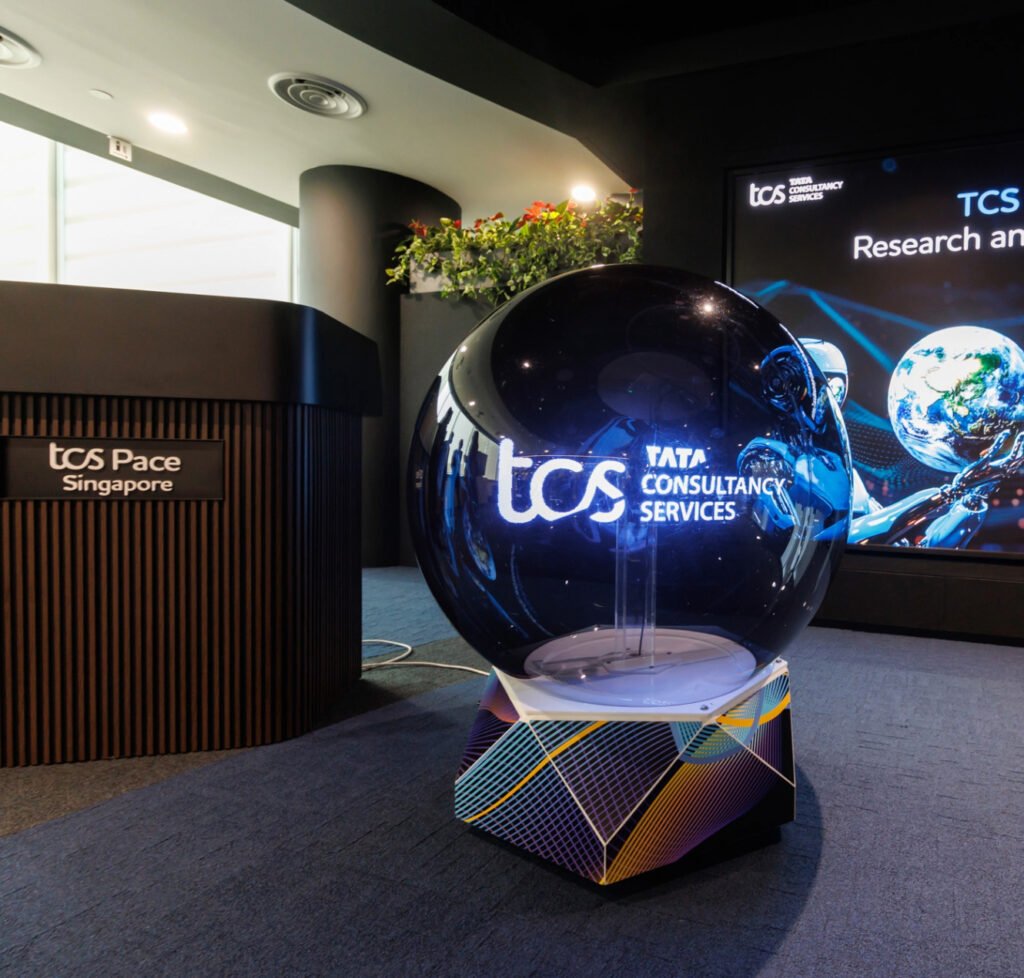
Tata Consultancy Services (TCS) has unveiled a state-of-the-art AI-Powered Research & Innovation Centre in Singapore, marking a significant leap in accelerating digital transformation across...
Read More →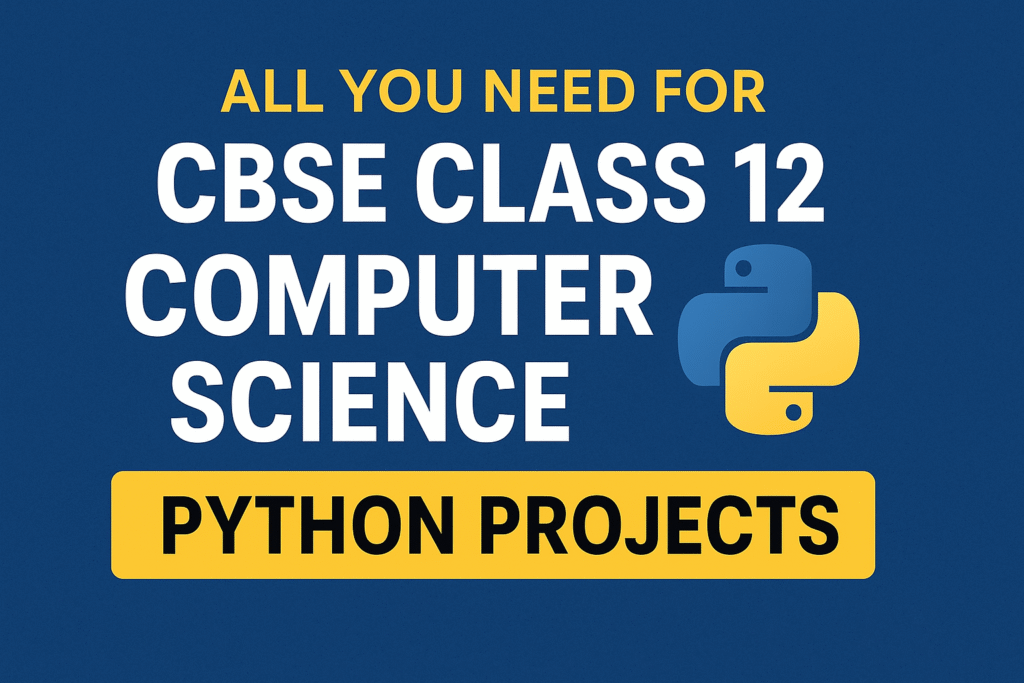
Find the best CBSE Class 12 Computer Science Python projects with source code, practical file ideas, and guidance to excel in your Class XII...
Read More →
Technology in 2025 isn’t just evolving—it’s rewriting the very rules of how we learn, code, and interact with machines. For developers and tech learners,...
Read More →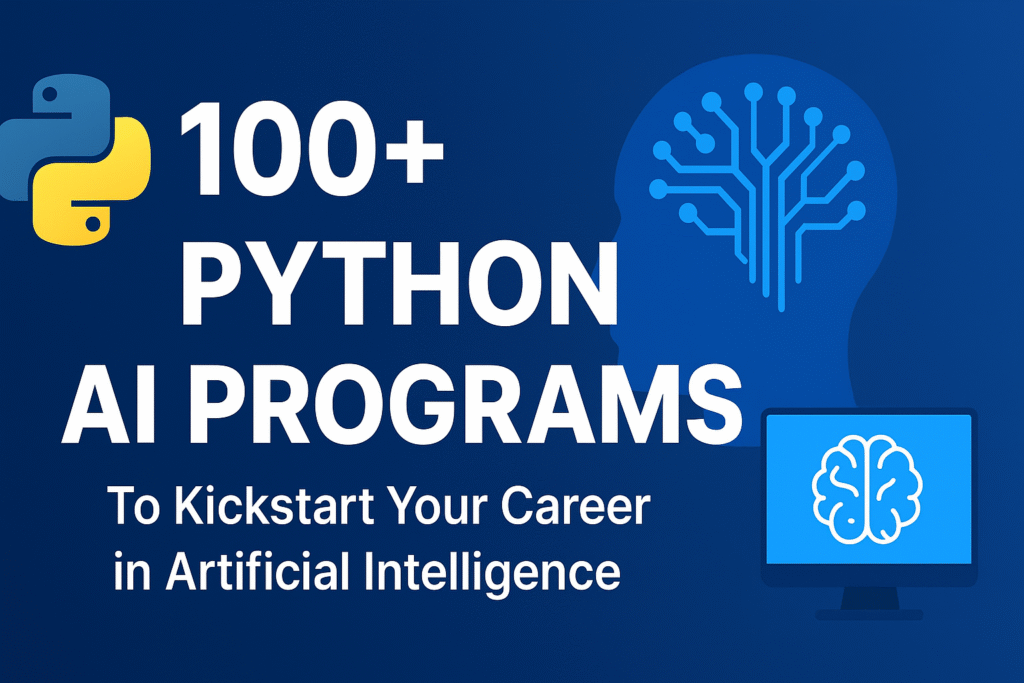
1. Hello AI – Print “Hello AI World” 2. Fibonacci Sequence Generator (Recursion vs Iteration) 3. Tic-Tac-Toe with Minimax AI 4. Rock-Paper-Scissors AI (Random...
Read More →Meta is taking a bold step in the world of artificial intelligence by partnering with Midjourney, the popular generative art startup known for its...
Read More →